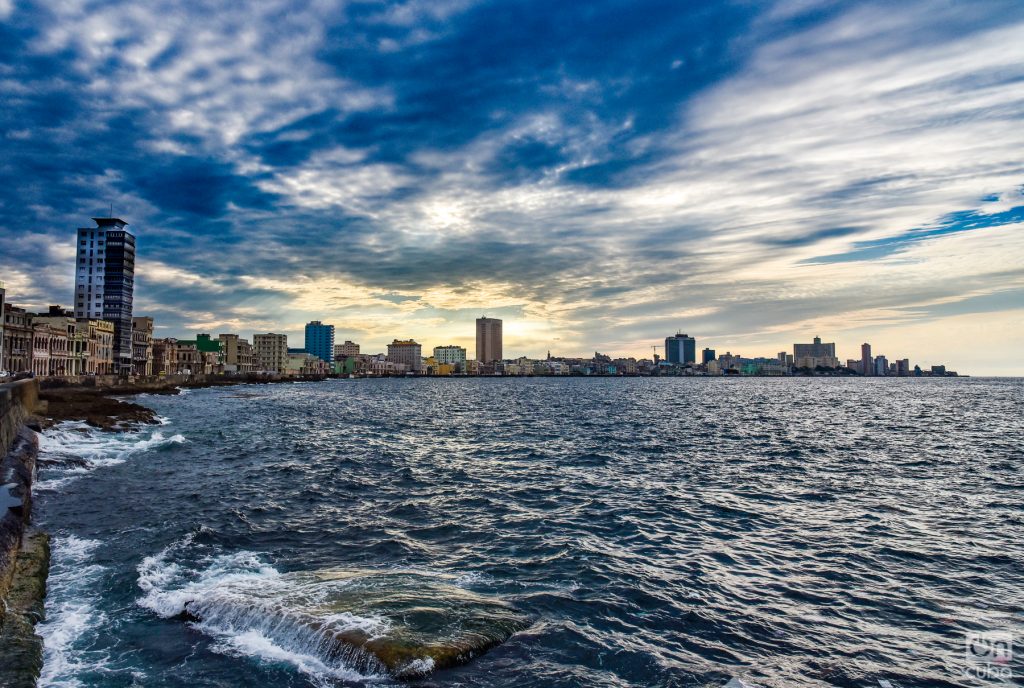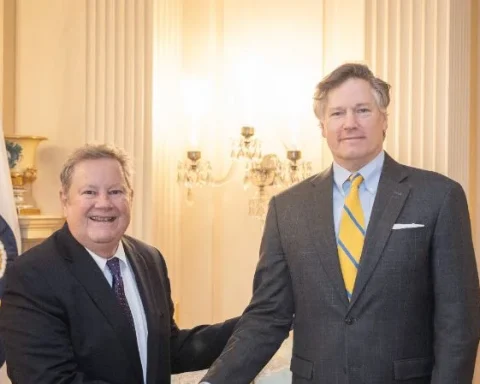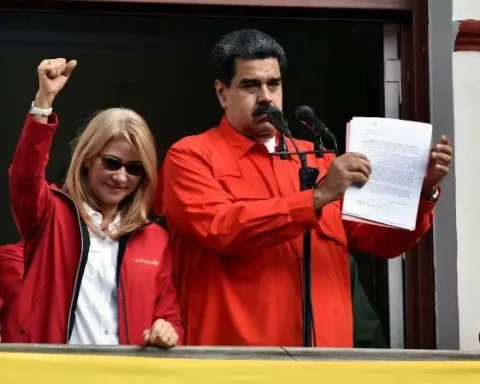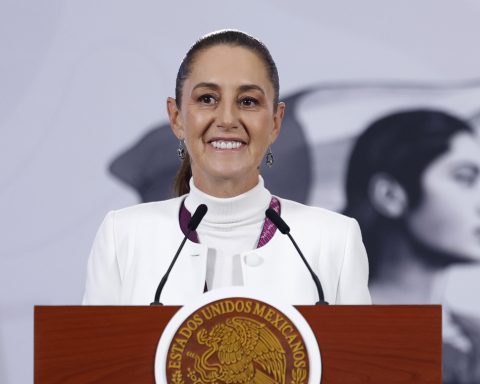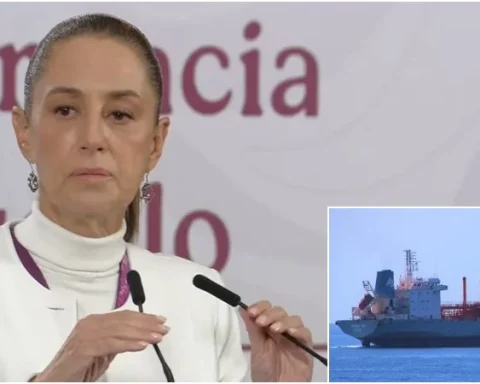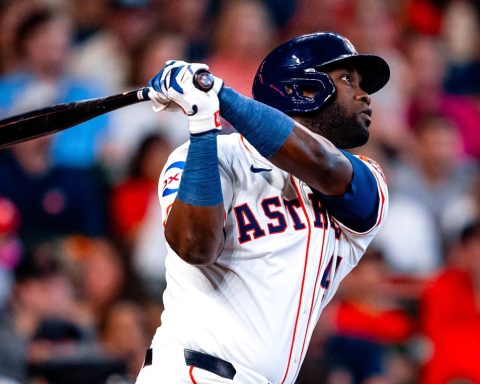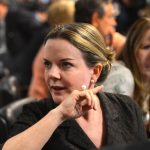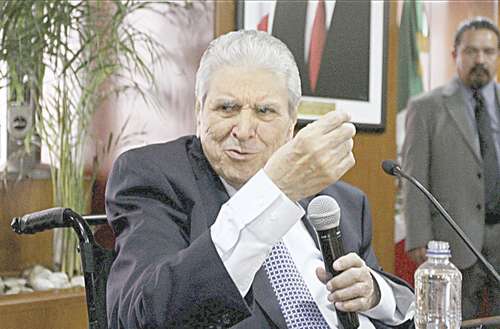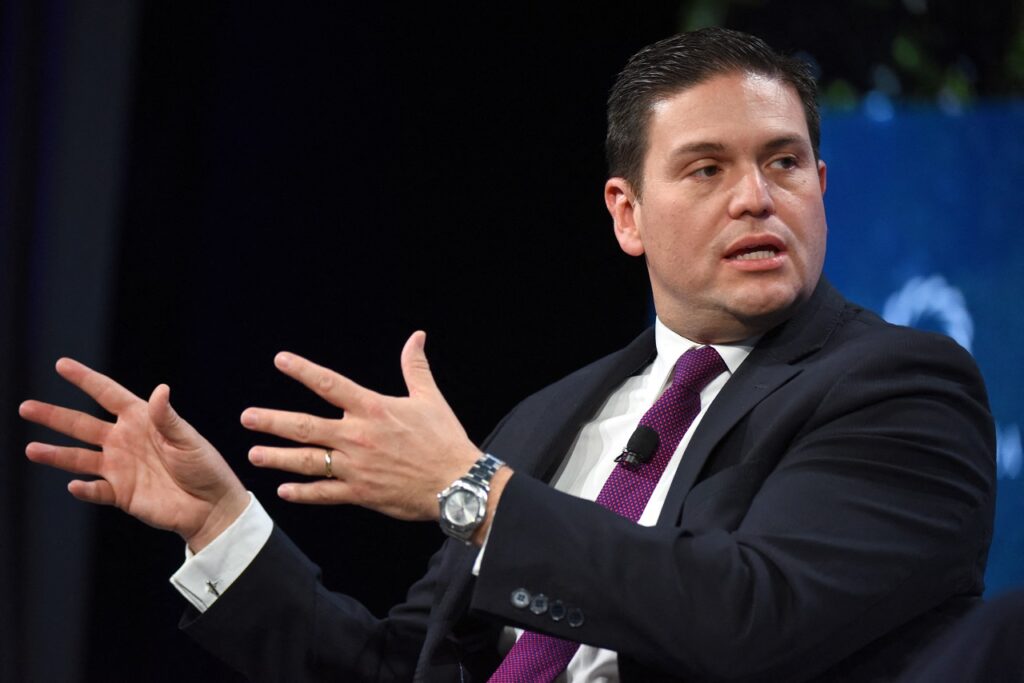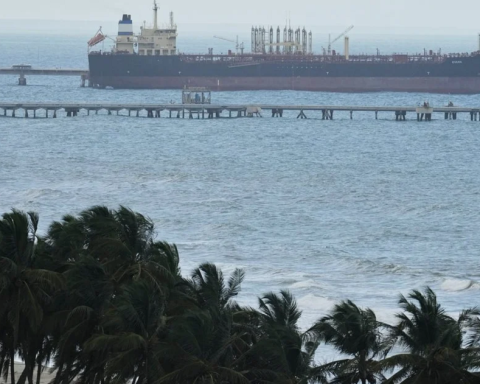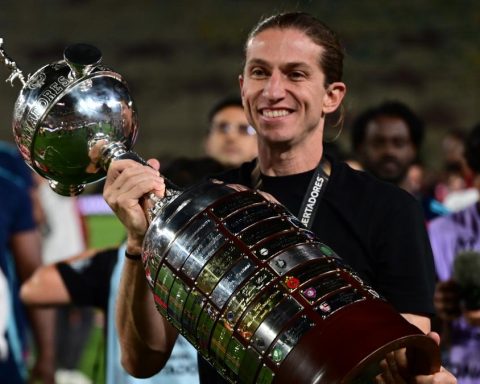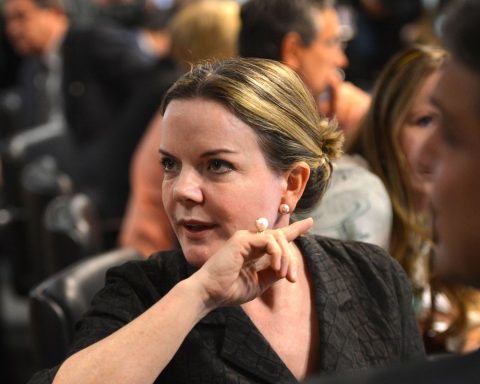All my roads in the city lead to the boardwalk. But, despite the sun beating down hard, I have taken it now not as a destination but as a path itself. Without much conviction, I allow myself to be dragged along by an invisible but inevitable steam current, heading for Old Havana.
If I had gone inside and not stuck to the sea, in the streets of downtown Havana I would have always found the sidewalk of the shadow; but on the boardwalk at ten in the morning, these days in June, there is no way to escape the sensation of feeling crushed, already melted, almost reaching your destination, if you have a destination. In fact, I am not one of those in this city who know their destiny right now: I lost it at the very moment I decided to make my way along the boardwalk. Wanderer path.
With that walk without aplomb it’s like stepping in front of the statue of Maceo. At the foot of its plinth, a handful of little men gather. From the boardwalk they all look a bit old, carrying bellies that are prominent, or maybe not so prominent and are just squeezed into white guayaberas. Under the same sun that crushes me, their bald spots shine. I remember hearing before leaving home, on the radio, that Antonio Maceo’s birthday was being celebrated today. Also Che’s. Ernesto Guevara, correct me. I insist on calling it that. I do not know why. I don’t know either, or I prefer not to explain to myself why it overwhelms me to think about Maceo and not so much about Guevara.
An uncertain force drives my body to join the little group that surely lays flowers or reads a speech before the statue, but before crossing the avenue I cannot understand if it is the sun or the image of the bulky guayaberas that ties me to the wall of the boardwalk leaving me standing there. Nor did he once look across the bay, toward the Cabaña, where Guevara had command. I continue to cling to the statue of Antonio Maceo, the mulatto general to whom, around 1900, a pamphlet titled Maceo’s skull: Anthropological study, in which some supposed scientists rendered their conclusions after examining the hero’s corpse: they say they sought to explain how it was possible that someone who was not white could have been an exceptional warrior and strategist, founder of the nation. And that is, above others, my hero. So I am glad that my wanderings have brought me here, and that today is June 14.
My son bears his name. How can we not want our children to turn out like Maceo? I would not like, however, that he immolate himself. Even less in these times, when reasons are not lacking to do so. What a disaster! We find ourselves thinking every day, in any country, at all times. But we did not find a solution, a truly fair path. In short, every good cause these days fades into nothingness. Either it is crushed by the unscrupulous and powerful, or it dissolves by itself through the inertia and ineptitude of others, or it is soon forgotten. There is a lot to sacrifice for, but is it worth it? Is there someone you trust enough to follow you on the campaign trail? Any hero out there, like Maceo? Besides, I’m not Mariana. I already said it, I have no destiny.
Still, I can’t stop looking at the statue. I stay there, leaning against the wall, not caring if the sun ends up turning me into a tarry stain on the concrete. I don’t care if, on top of not having a destination, I can’t even move, neither to Old Havana nor to any other Havana. I just want to be where I am now, before Maceo. Or before his back and the rump of his horse. Because Maceo doesn’t look to the North, to the sea, and to Yemayá, the mother? Maceo challenges Cuba, putting him in front of his jungle, approaching the warrior Oggun? I honor him, even if he doesn’t decide to cross and look at his face, only his back. I greet General Maceo, as if I were about to follow him, not with the motionless group next to the zocalo, only with his slender figure on top, on the island, through mountains that from the shore, facing the sea, we could not even see . I still don’t understand what I do and feel. Still, it’s not that important. Just being in the right place at the right time holds some value.
From keeping my eyes raised towards the statue for so long, the sun in my eyes becomes unbearable and I turn blue. A figure in the water. I don’t have my glasses and I’m too lazy to look for them in my bag. He’s a diver, I guess. Fishing? I read somewhere of the arrival in Key West of a man riding his windsurf board. Six hours and 33 minutes had lasted the crossing from Varadero. What will you be doing now? What will you do next? Will their dreams come true? He had destiny, he arrived at his destiny. He doesn’t walk down the boardwalk heading nowhere.
Every day someone leaves. Every night. The lump that moves in the water, has he ever thought of leaving? Are you thinking about it now? At the moment, he only fishes. Seems. But these days and at this time and with so much sun over our heads, nothing that seems can be taken for granted. At every moment the same miracle can happen as the apocalypse.
Without realizing it, I started walking again. I continue heading to Old Havana. I’m still glued to the wall. I have to get out of the way so as not to disturb a girl sitting on it if she walks too close. We’ve all been very suspicious lately. We don’t know who is who. What I say, nothing is what it seems. Neither the vague handful of little men before Maceo, nor the bulk that looks like a diver who seems to be fishing but I will never know what he is doing, nor this girl who converses with the waves while she holds a bouquet of white flowers. Her lips move, but she doesn’t release the flowers. At least not now, when I walk so close to her, watching her sideways. They will be flowers for Yemayá. And Maceo I suppose that he will be receiving his. When he finally throws them into the sea, will she be in gratitude, asking him for something, asking him a question? And what murmurs, will it be prayers? Is he begging for her or for someone who left or desperate to leave her? Maybe it’s nothing like that and he barely scans the horizon waiting for a sign, a return. Just wait for the lover, or he doesn’t want it anymore.
Almost reaching Old Havana, an artist has placed a large iron statue, which could also be a diver, in a lotus position. I say, an artist, a diver, a sculpture, and it’s groping, because as much as I look around I can’t find any little sign with the details of the work. I have also decided that it is a work, because it has, despite its anonymity, a guardian who, like a good guardian, carelessly dozes at its feet: a black dog under the sun of all, who, taking advantage of the exceptional, minimal breeze already in the Avenida del Puerto, takes his nap. I can’t ask a street dog with the air of a guardian if that is a work of art, what it represents, who made it. Google has to come to my aid and, yes, it is a work of art. But it is not a diver in a lotus position but, according to its author, the Spaniard Xavier Mascaró, a guardian, “a warrior in an attitude of meditation, inspired by the guardians of ancient temples”. Another one! The iron sculpture, the dog, and anyone who comes to mind here and now can be a guardian. I get away. I suspect there are already too many guardians. And very few heroes. Like Maceo, at least, they are no longer manufactured.
I decide to enter Old Havana.

And somehow the breeze surprises me. It all depends on which sidewalk you take, which street you choose, the time and the rhythm you print on your walk. This city was originally conceived for walkers. Wisely designed so that we Havanans could play with its shadows and lights, with the stress and the breeze. Havana is a city, not a farm. Despite the fact that chickens, roosters and hens now roam freely through streets considered central, residential. I remember that, in the nineties, when the Special Period began, a few growls here or there betrayed the pig that a neighbor was hiding in his bathtub. But I have no memory of having seen then the entire chicken coop wandering around with impudence, all so self-confident, equally challenging skinny cats, bicycles and even buses —as I see every afternoon two steps from Calle Línea, in El Vedado. All in all, I insist on wanting to believe that Havana is not a farm.
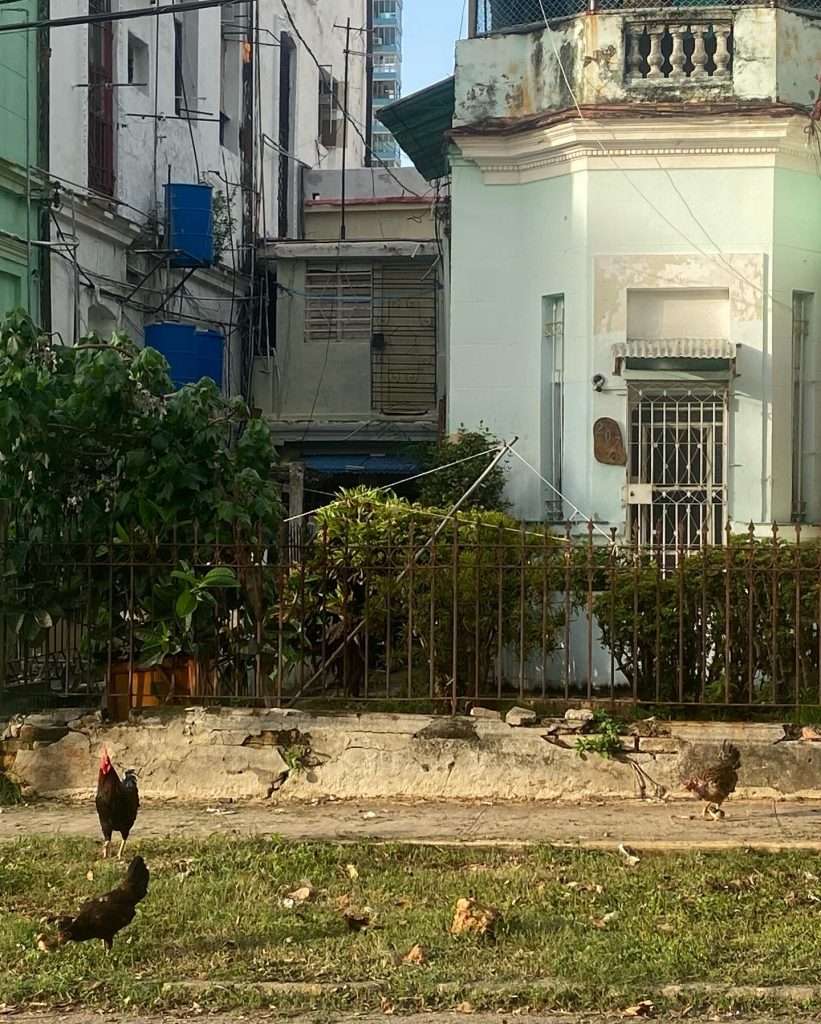
At least that’s what I confirm when, already on Calle Obispo, I enter one of the few remaining bookstores operating as they are: La Fayad Jamis. I go for books, but I am fascinated by twenty elementary school children who are even more fascinated by answering curious riddles, singing and following the thread of stories that a teacher who is not a teacher but a fairy tells them with great grace. She gives her all there, in the very hot room of the bookstore. The children receive everything and they all surrender to her magic. And I let myself be enveloped by the warmth and enthusiasm. I take out a fan and under the mask I still wear, I smile.
The last activity requires three of the children to improvise stories. I hear stories of a devious king, of a kind sister and a selfish one, of doing good and defeating the wicked. So simple and so complete. You have to applaud. I want to clap. We have all forgotten the cell phones, the lack and the broken hopes, for a few minutes. The fantasy is there. Still there. It doesn’t matter how hot it is outside or how guardians proliferate; if the diver is a diver, if he fishes or goes away; if the girl prays or cries or waits or leaves her sitting on the wall of the boardwalk; and if, behind his back, the old men in white guayaberas give a short speech for Maceo’s birthday or organize a chicken tail. And so I would like to ask these kids in the bookstore to tell me, with all that fantasy in their little heads, how they see, how they imagine Havana.
Havana is not a farm, no.
Nor is it Paris or the Tegucigalpa of the Caribbean, as shortly before the Missile Crisis of October 1962, Sergio Malabre of Memories of underdevelopment.
What is it then?
Friend Erick Mota, a science fiction writer, has told me with his Afro-futuristic lucidity that Havana does not exist, that it has been invented by people from other provinces because all the nation’s ills had to be deposited somewhere. I think of the founding mulatto, Cecilia Valdés, in whose body Villaverde deposited, concentrated, the greatest colonial damage against the possibility of inventing ourselves as a modern, independent, “civilized” country. And I imagine, or perhaps I really hear, above the clucking of the chickens and the thunder of the speeches, the perpetual flip flop, an imperturbable but aimless swaying through the streets of Havana.
And no, this city is not a farm. And to me, who in its streets and by its sea I lose my destiny, the truth is that, whatever it is, inside or outside, I love being from Havana.
